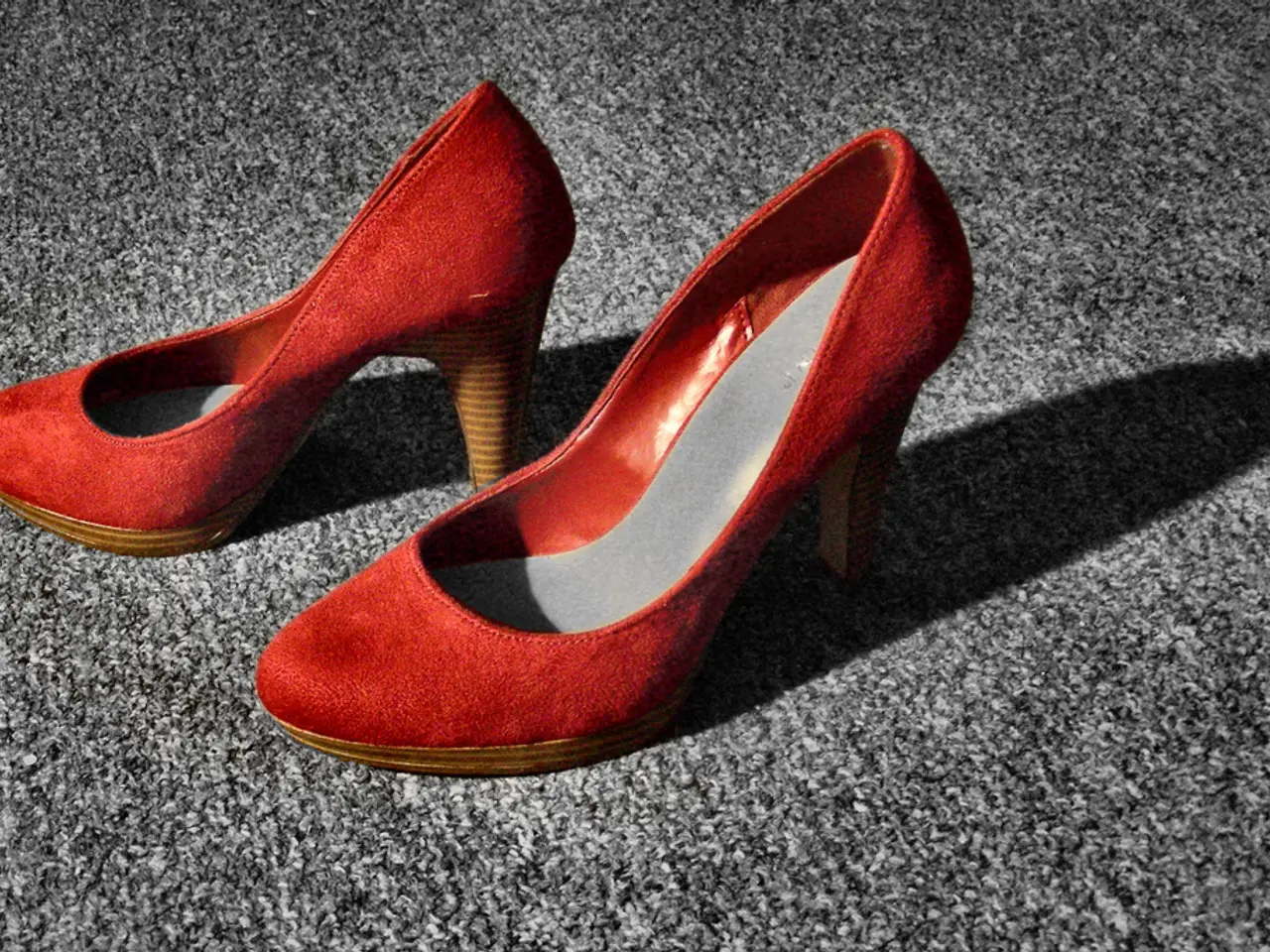An exploration into the unusual attraction towards feet, exposing the psychological factors behind this peculiar preference.
Understanding Foot Fetishes: A Comprehensive Look
Foot fetishes, or podophilia, are a common sexual attraction to feet, legs, stockings, shoes, or socks. This phenomenon has been a subject of interest for psychologists, neuroscientists, and sociologists alike, who have proposed various theories to explain its origin and development.
According to Sigmund Freud's psychoanalytic theory, foot fetishes represent a form of sexual deviance involving erotic attachment to non-genital body parts or objects. In this view, feet are perceived as phallic symbols, symbolizing a symbolic substitution for a missing or anxiety-provoking sexual object in the psyche.
Another hypothesis attributes foot fetishes to the organization of the brain. The somatosensory cortex, the area responsible for processing sensory information, contains adjacent areas that represent the feet and genitals. This close proximity could lead to some neural "cross-wiring" or overlap that produces erotic associations with feet.
Behavioral theories propose that foot fetishes may develop through learned associations between feet and sexual arousal. Repetitive pairing of feet with arousal can create a lasting fetish.
Cultural and social influences may also shape what parts of the body or objects are sexualized. Feet can have different symbolic or aesthetic meanings across cultures, and elements such as clothing and media depictions might reinforce or amplify foot fetish interests.
It is unlikely that one theory can fully explain the existence of fetishes; it is probable that many factors, including behavioral, social, and cultural factors, play a part. Consent is the most important factor to consider when including fetishes into relationships and sexual activity.
Simple activities like giving a partner a pedicure or a foot massage can be a way to introduce fetish play into a sex life. However, it is essential to talk to a sexual partner about a fetish before introducing it into a relationship. Gradually incorporating feet into sexual activities can be done if all partners are comfortable.
Communities can either be sex-positive or sex-negative, which may affect the prevalence of fetishes. Sex-positive communities may contain more individuals with fetishes as they view sex as a fun activity. Some communities may place more importance on specific body parts and sexual practices.
Freud also suggested that fetishes arise during early childhood due to shock and fixation on objects that resemble the genitals. Another psychoanalytic theory suggests that people may regress, becoming aroused by objects or body parts that remind them of their childhood.
In summary, foot fetishes are explained through a combination of Freud’s psychoanalytic symbolism, brain anatomy and neural overlap, learned behavioral conditioning, and cultural influences, although the exact cause remains not fully understood. It is crucial to approach discussions about fetishes with openness, respect, and consent, fostering a healthy and enjoyable sexual relationship.
- In the realm of mental-health, Sigmund Freud proposed a psychoanalytic theory suggesting that foot fetishes could be a symbolic substitution for missing or anxiety-provoking sexual objects, viewing feet as phallic symbols.
- The development of foot fetishes might also be linked to the organization of the brain, with the close proximity of areas responsible for feet and genitals in the somatosensory cortex potentially causing neural "cross-wiring" or overlap that produces erotic associations.
- Behavioral theories propose that foot fetishes may develop through learned associations between feet and sexual arousal, with repetitive pairing of feet and arousal resulting in a lasting fetish.
- Cultural and social influences play a significant role in shaping what parts of the body or objects are sexualized, as feet can have different symbolic or aesthetic meanings across cultures and can be reinforced or amplified by clothing and media depictions.
- Health-and-wellness activities, such as giving a partner a pedicure or a foot massage, can be a way to introduce fetish play into a sex life, provided that all partners are comfortable and consent is obtained beforehand.
- In the science of predictive modeling, it is unlikely that a single theory can fully explain the existence of fetishes, as it is possible that many factors, including behavioral, social, and cultural factors, contribute to their emergence.




